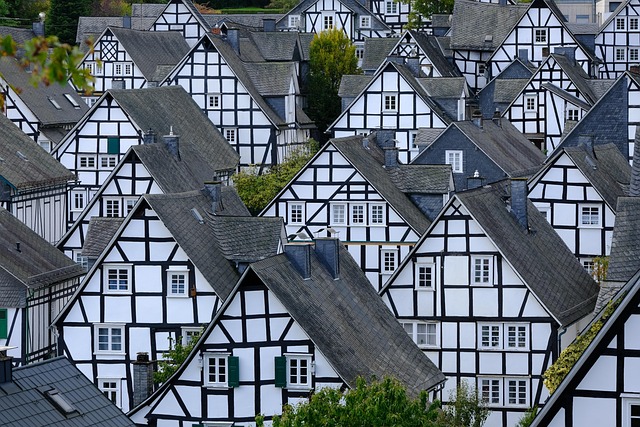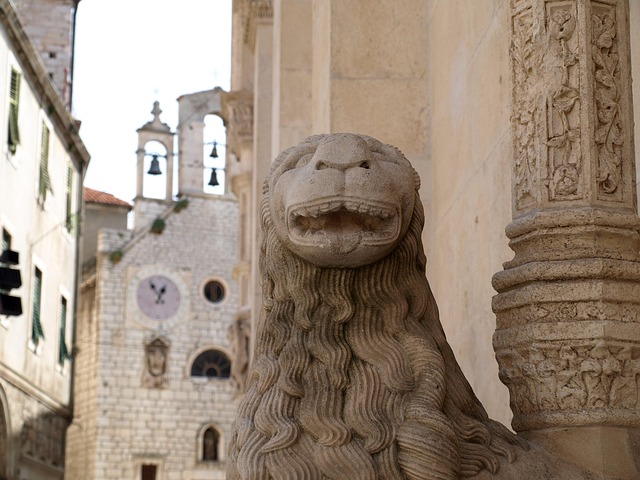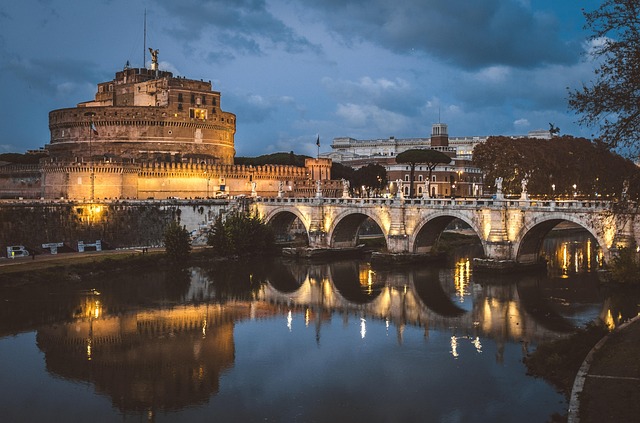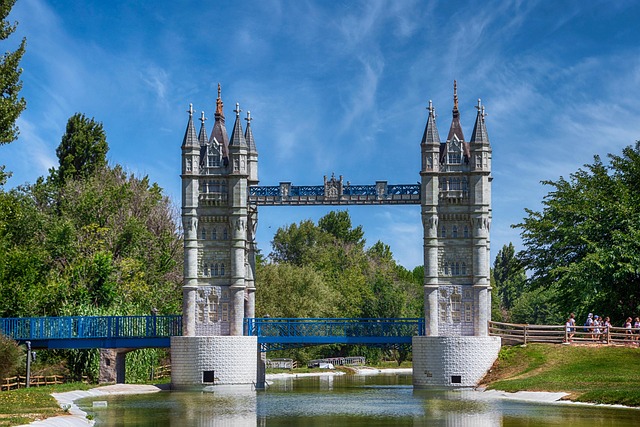Lane County, Oregon, boasts a diverse architectural history influenced by Native American traditions, pioneer settlements, and 20th-century development. Tourism drives preservation efforts, engaging communities in restoring historic sites that attract visitors seeking immersive experiences of Lane County architecture. While facing challenges like funding shortages, the county leverages public grants, private donations, and community involvement to protect its architectural treasures. Future trends focus on interactive technology and sustainability for enhanced visitor experiences while preserving the region's unique Lane County architecture.
“Lane County, Oregon, boasts a rich architectural heritage that forms an integral part of its cultural identity. This article explores the impact of historic site tourism on the preservation and promotion of Lane County’s unique architectural landscape. From the charming downtown areas to the historic homes and public buildings, local architecture tells stories of the past. We delve into how tourism drives economic growth, fosters community engagement, and highlights the challenges and opportunities in preserving this cultural treasure for future generations.”
- Lane County Architecture: A Historical Overview
- Impact of Tourism on Local Preservation Efforts
- Historic Sites: Economic Drivers and Community Benefits
- Challenges in Preserving Cultural Heritage
- Educational Opportunities through Architectural Tourism
- Future Trends in Lane County's Historic Site Management
Lane County Architecture: A Historical Overview
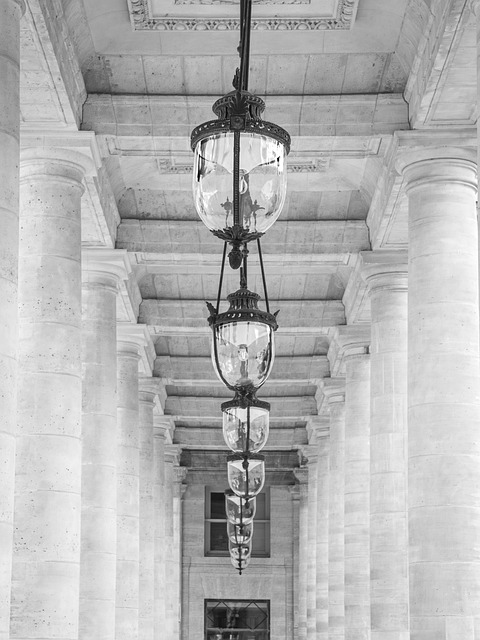
Lane County, Oregon, boasts a rich architectural history that reflects its diverse past and cultural influences. The region’s buildings tell tales of Native American traditions, early pioneer settlements, and the vibrant development during the 20th century. From modest log cabins to grand Victorian mansions, each structure contributes to the unique character of the county.
Native American tribes, such as the Klamath and Umpqua, were the first to inhabit this land, leaving behind cultural artifacts and architectural remnants that date back centuries. Their traditional homes, often built with local materials like wood and bark, showcased innovative construction methods and a deep connection to the natural environment. As European settlers arrived, they brought their own building styles, resulting in a blend of architectural influences that can still be seen today in the county’s historic districts.
Impact of Tourism on Local Preservation Efforts

The influx of tourists in Lane County, primarily drawn by its rich history and unique architecture, has significantly influenced local preservation efforts. As visitors flock to explore historic sites like the charming old towns and architectural marvels scattered across the county, there’s a corresponding surge in interest for maintaining and restoring these cultural treasures. This newfound attention translates into financial support for preservation initiatives, as both local residents and visiting tourists contribute to the upkeep of these historical landmarks.
Tourism also fosters community engagement in preservation through volunteer efforts and collaborative projects. Local historical societies and cultural organizations often partner with businesses and individuals to restore historic buildings, curate museums, and organize events that highlight the county’s architectural heritage. This collective action ensures that Lane County’s architectural legacy is not only preserved but celebrated, creating a sustainable future for its rich cultural past.
Historic Sites: Economic Drivers and Community Benefits

Historic sites in Lane County, Oregon, are not just preservation efforts; they are powerful economic drivers and community assets. These sites, rich in local history and characterized by unique Lane County architecture, attract visitors from near and far, contributing significantly to the local economy. Tourists are drawn to the charming, historic buildings, immersive experiences, and authentic storytelling that these locations offer.
The positive impact extends beyond financial gains; it fosters community pride, cultural understanding, and a strong sense of place. Historic site tourism encourages local businesses, creates job opportunities, and enhances the overall visitor experience in Lane County. This interplay between preserving history and promoting sustainable tourism benefits both residents and visitors, ensuring that the rich architectural heritage of the county remains vibrant and celebrated for generations to come.
Challenges in Preserving Cultural Heritage

Lane County, Oregon, boasts a rich cultural heritage showcased through its diverse and unique architectural landscape. However, preserving this historical fabric presents several challenges. The county’s historic sites, ranging from quaint vintage homes to grand public buildings, require continuous care and restoration to mitigate decay and maintain their authenticity.
One significant hurdle is funding. Historic preservation often demands substantial financial resources for repairs, maintenance, and adaptive reuse. Lane County relies on a combination of public grants, private donations, and community involvement to sustain these efforts. Additionally, finding skilled labor with expertise in historic building restoration can be difficult, leading to delays in projects and potential risks to the integrity of the structures. Balancing the need for preservation with modern development pressures further complicates the task of safeguarding Lane County’s architectural heritage.
Educational Opportunities through Architectural Tourism
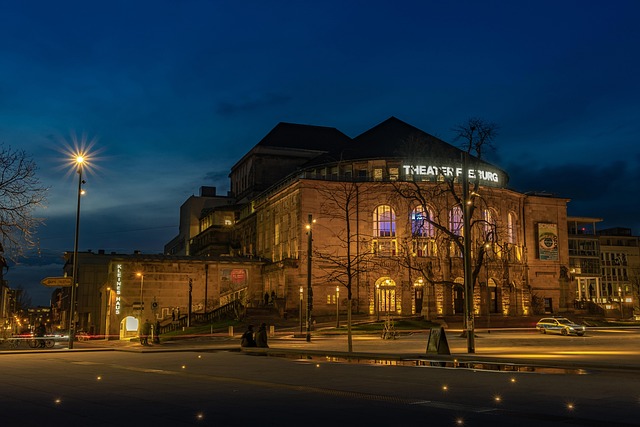
Lane County’s rich architectural heritage offers a unique educational opportunity for both locals and visitors alike. The county boasts a diverse array of historic structures, from Victorian mansions to rustic log cabins, each telling a story of the region’s past. Architectural tourism allows people to explore and understand the evolution of building styles, construction techniques, and cultural influences that have shaped Lane County over time.
Through guided tours and interactive exhibits, visitors can gain insights into the lives of early settlers, learn about local craftsmanship, and appreciate the architectural adaptations reflecting the area’s natural environment. This immersive experience not only fosters a deeper connection to the history and culture of Lane County but also promotes preservation efforts, ensuring that these architectural treasures remain standing for future generations to admire and study.
Future Trends in Lane County's Historic Site Management

With a rich historical landscape, Lane County is poised to capitalize on its diverse architectural heritage through innovative management strategies. Future trends in historic site management will focus on immersive experiences that bring local history to life for visitors. This involves leveraging technology to create virtual tours and interactive exhibits, ensuring accessibility for all audiences. By integrating augmented reality, visitors can explore historical sites in new dimensions, gaining deeper insights into Lane County’s past.
Additionally, sustainability is set to play a significant role in the preservation of these sites. Eco-friendly practices will be implemented to minimize the environmental impact while enhancing visitor experiences. These efforts will not only preserve the authentic character of historic buildings but also promote them as sustainable destinations, attracting environmentally conscious tourists. Lane County’s commitment to these future trends promises to elevate its historical attractions, making them vibrant and relevant for generations to come.
